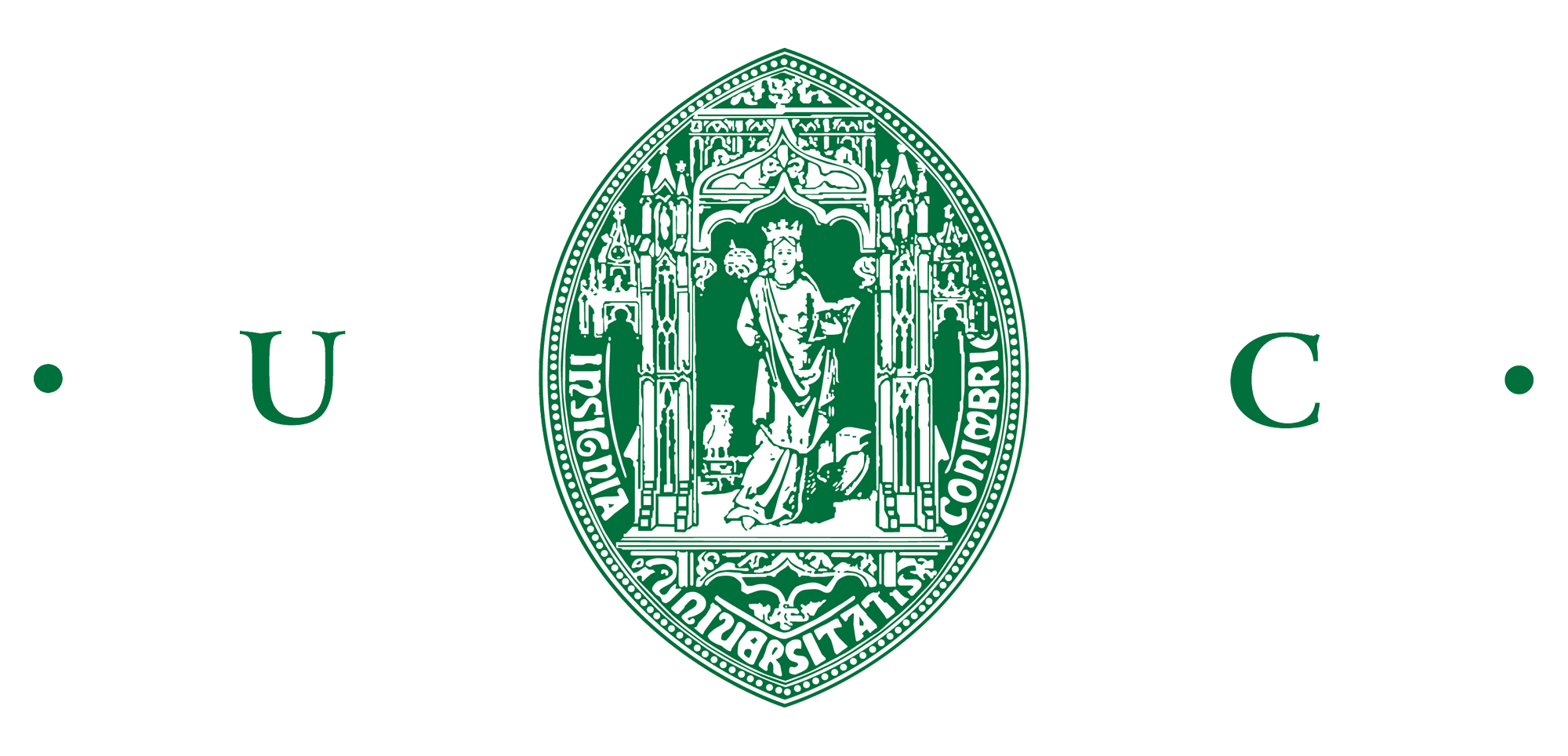2026 | 2025 | 2024 | 2023 | 2022 | 2021 | 2020 | 2019 | 2018 | 2017 | 2016 | 2015 | 2014 | 2013 | 2012 | 2011 | 2010 | 2009 | 2008
Preventive conservation guidelines versus damage risk models: the hygrothermal environment for organic collections in heritage museums in a Mediterranean climate
Authors: Nuno Baía Saraiva, Júlia Taborda Ribeiro, Luísa Dias Pereira, Gilberto G. Pereira, Ana Cristina Rufino, Adélio Rodrigues Gaspar e José Joaquim Costa
Ref.: J. Build. Eng. 111 (2025)
Abstract: In the context of preventive conservation for historic buildings, the present study addresses a critical gap in preventive conservation in heritage buildings, a pressing concern given the vulnerability of collections to environmental degradation. The research examines how well existing guidelines align with empirical damage risk models (biological, chemical, and mechanical) by following a novel framework. A mixed-methods approach was employed, combining a systematic review of state-of-the-art guidelines with a six-year hygrothermal monitoring campaign across two Mediterranean climate case studies, where the performance of guidelines and damage risks models was confronted. Key findings demonstrate that EN16893 significantly outperformed other guidelines in mitigating biological risks, particularly those associated with fungal growth. ASHRAE Class B also aligns with fungal and chemical damage risk models. Importantly, both guidelines maintained low biological damage risks across the monitored environments. Mechanical damage assessments revealed no significant concerns for the wooden materials tested, regardless the conservation standard adopted. These results underscore the better efficacy of EN16893 and ASHRAE Class B over other guidelines for Mediterranean climates, offering practitioners evidence-based guidance when assessing microclimates in heritage buildings.


